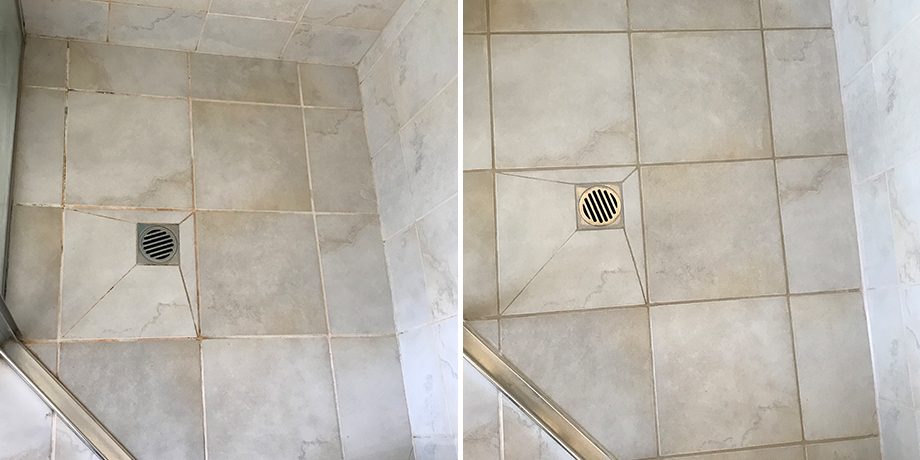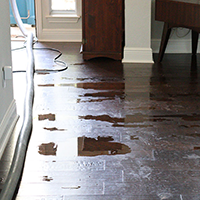Nearly everybody has got their unique perception involving How to Fix a Water Damage Bathroom.

The bathroom is extremely prone for wet build-up and also possible water damage because of the regular use water in it. This write-up supplies straightforward assessment methods to assist identifying water damage dangers.
The frequent use water in the washroom makes it extremely susceptible for wet build-up and also prospective water damages. By inspecting it frequently, you can lower water related problems.
The adhering to collection of evaluations is very easy to perform as well as must be done as soon as in every 3 months in order to keep your restroom healthy and also to prevent potential water damages triggered by the bath tub, the shower, pipeline joints and plumbing, sinks, cupboards, and also the bathroom
Do not overlook performing these examinations as well as be extensive while performing them. Remember that these basic evaluations can save you a great deal of money by providing very early indicators for water damage
Bath tub as well as Shower
The shower and bath tub need special focus as well as maintenance. Examine the ceramic tiles and change if broken. See to it that there is no missing out on grout in between the ceramic tiles. Evaluate as well as replace split caulking at joints where the walls fulfill the floor or the bath tub. Clogged drains and pipes troubles will certainly protect against the bath tub from drying out and also might suggest severe problems beneath the tub. Talk to an expert instantly to prevent structural damages. Take notice of discolorations or soft areas around the bathtub walls as they might show an interior leakage.
Plumbing
Signs for water damages are tough to identify given that the majority of pipelines are set up inside the walls.
Pay special attention to flooring and walls dampness and also discolorations as they might suggest an undetectable plumbing issue. Check moisture levels in adjacent areas also.
Sinks as well as Cabinets
Sinks and cabinets are exposed to dampness and also moisture everyday and are often forgotten. Check frequently under the sink as well as on the countertop over it. Fix any type of drip in the catch as it might suggest drainpipe issues. Look around the sink, slow-moving draining pipes may show a blocked drainpipe. Replace sink seals if they are cracked or loosened.
The Commode
The bathroom is a susceptible water joint. Check the water lines and also search for leakages around the bathroom seat, in the hose, and also under the water storage tank. If you spot any indicators of wetness on the flooring around the bathroom, check for leakages in the toilet rim and container seals.
Understand that hanging commode dish deodorants raises the possibilities for clogs.
Water Damage Signs In The Bathroom To Avoid Cleanup
Musty smell
This is one of the easiest signs to catch because musty smells are so odorous. The damp, earthy, moldy smell should be a big red flag. The smell will develop when moisture gets trapped in surfaces, and begins to facilitate mold growth. Leaking pipes under cabinets, inside walls, and behind shower fixtures will cause moisture to stay trapped and not dry, which will lead to mold growth and spread. As soon as you notice any musty smells in your bathroom, have it checked for hidden water damage and cleanup signs.
Visible mold
If the smell isn’t there to give it away, sometimes you will actually see mold growth. Finding mold in your bathroom is a serious problem, because mold is very harmful to your health. By the time mold growth is visible, it also means that water damage has already occurred and been present for some time. The only way the mold problem can be resolved is to find the source of the moisture and get it stopped. To safely and adequately remove mold, you need to have professionals handle the remediation. Do not waste any time in getting mold problems addressed, fixed, and sanitized so that you can protect you and your family from the many respiratory symptoms caused by mold exposure.
Damaged floors
Bathroom floors should be able to withstand some exposure to water while still remaining in good condition. However, when excess exposure or water leaks occur, they will begin to damage even the most water-resistant flooring. If you notice any cracking, bubbling, staining, or warping on your bathroom floors, there is probably a water leak somewhere causing the distortion. If you notice areas of the floor have become softer, or even have a spongy feeling, there is probably damage to the subfloor. Subflooring is typically made up of plywood. When plywood is exposed to water or moisture, it will absorb it. Once it has become saturated, the weight of the excess water will cause the wood to swell and soften. Check the floors in your bathroom frequently to catch any of these sings before they lead to damaged subflooring.
Changes on walls
When water leaks behind walls, it will cause changes in the drywall. Peeling plaster, blistering paint, and soggy wallpaper are all good indicators that excess water is building up behind the wall. Water leaking behind drywall will cause it to swell and be soft to the tough. If you start to notice gaps along the trim of your walls, or where tile meets the wall, it could also be a strong indicator that there is a leak behind the wall. Any changes, distortion, or damage on the walls should be evaluated as soon as you notice it to prevent further water damage and cleanup.

Hopefully you enjoyed our topic on Looking for Signs of Water Damage in the Bathroom. Thanks for taking the time to read through our content. I beg you take a moment to promote this post if you appreciated it. Thanks a bunch for your time. Come back soon.
About This